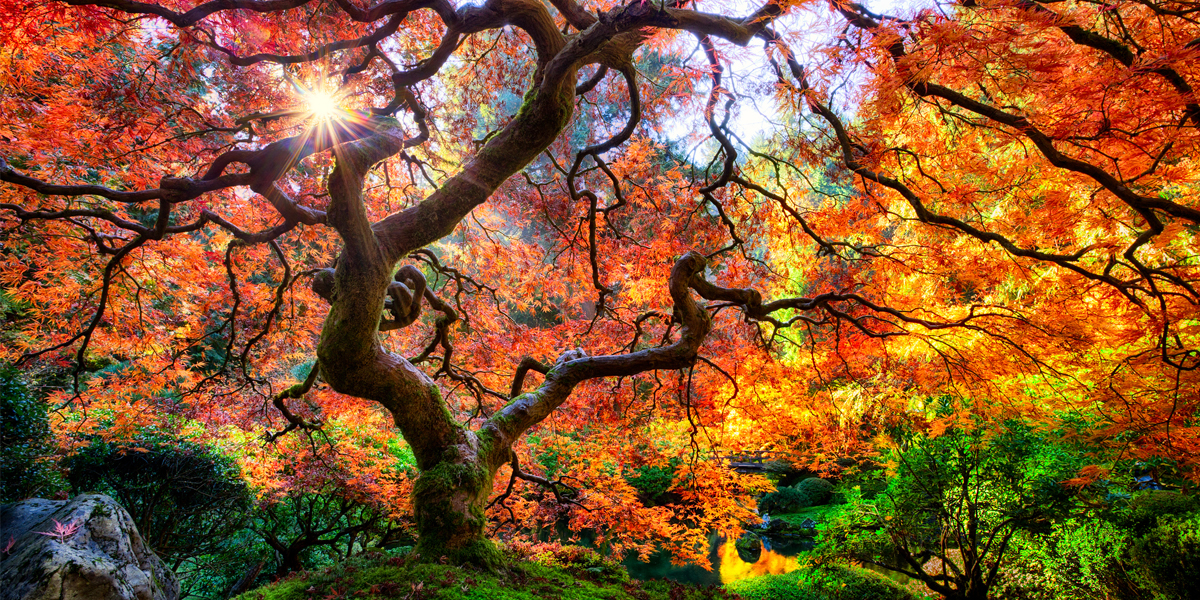As many of you may know, the period of World War 2 was an extremely difficult time for numerous countries, including Japan. One major issue during that time was that Japan had no access to imports. Therefore, Japanese whisky producers were finding it increasingly difficult to secure barrels for maturation during that period.
While Japanese Mizunara Oak aged whisky consumption rose greatly in Japan during the war, with whisky becoming the main drink consumed by the Japanese army, acquiring essentials like medicine, food, oil, and other necessities for survival was prioritized over acquiring barrels to age whisky in, obviously.
However, there was still a high demand for whisky, and with no hope of importing European or American oak to the country Japanese whisky makers had to find an alternative. This alternative turned out to be Japanese oak, better known as mizunara.
Flavours & Use
Soon after the discovery of mizunara oak for whisky, which was used, up until then, in the construction of expensive furniture, Japanese coopers and whisky makers discovered several issues.
Firstly, Japanese oak has a much higher moisture content that other types of oak, making it much more difficult to work with. Secondly, it also doesn’t grow straight. Thirdly, a tree needs to be at least 200 years old before it can be made into a proper cask. Lastly, as the wood is more porous than other types of oak, Japanese oak casks are prone to leaking.
As you can expect, the great Japanese whisky makers weren’t all too excited to work with their domestically grown oak. And if these issues weren’t enough to deal with, the oak also presented issues on the palate for whisky drinkers.
In the early stages of maturation, the flavour imparted from the oak were quite intense, with too much woodiness exploding onto the palate. It was quickly decided that Japanese oak was inferior to the European and American alternatives, and this belief lives on, years after the Pacific war.
However, while we don’t know exactly when the real magic of the unloved Japanese oak shone through. It was discovered that the oak needed time to truly work into the whisky and impart the “right” flavours and aromas. In fact, many claim that one can experience the true character of mizunara only after around two decades of maturation. This is something no one could have known back during the war, as whiskies weren’t aged for more than a few years.
Mizunara Today
Today, just like Japanese whisky (previously ignored, and now loved and sought after globally) mizunara oak is extremely well-regarded, seen as luxurious and superior. It is one of the rarest and most expensive types of oak in the world.
Suntory is one of the main promoters of mizunara, as the use of the oak became the norm for many of their most luxurious blends and single malt releases. Other Japanese producers, large and small, work with Japanese oak as much as they can, as it’s hard to source, and some distilleries overseas have also tried their hand at maturation with the oak.
Unfortunately, some companies use mizunara because of the high-quality image the name brings to a product, and not because of the flavours, as the longest maturation period of these products is about three years, which is far too short to allow the notes of Japanese oak to be detected.
The flavours you should be looking for from mizunara are sandalwood, coconut, and a type of oriental incense named kara.
You should also expect Japanese oak-aged releases to cost a bit more, as a mizunara puncheon costs around $5,000 and is extremely difficult to source even in Japan.
The wonderful Yamazaki 18 Year Old has been partially aged in Japanese oak. The wonderful Yamazaki Mizunara series, however, will give you one of the more direct and eye-opening experiences with Japanese oak you can find.
Published: June 28, 2017Author: George Koutsakis
